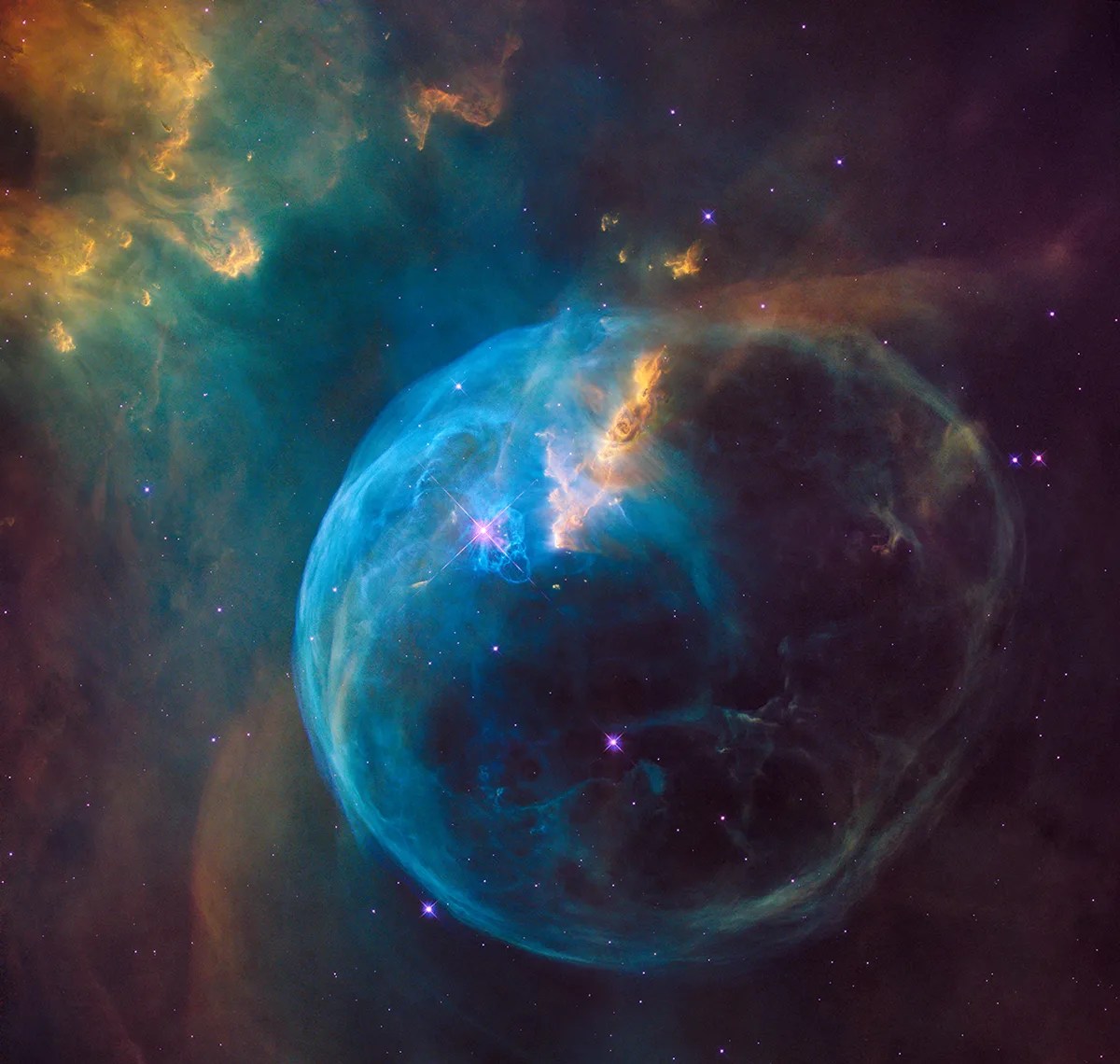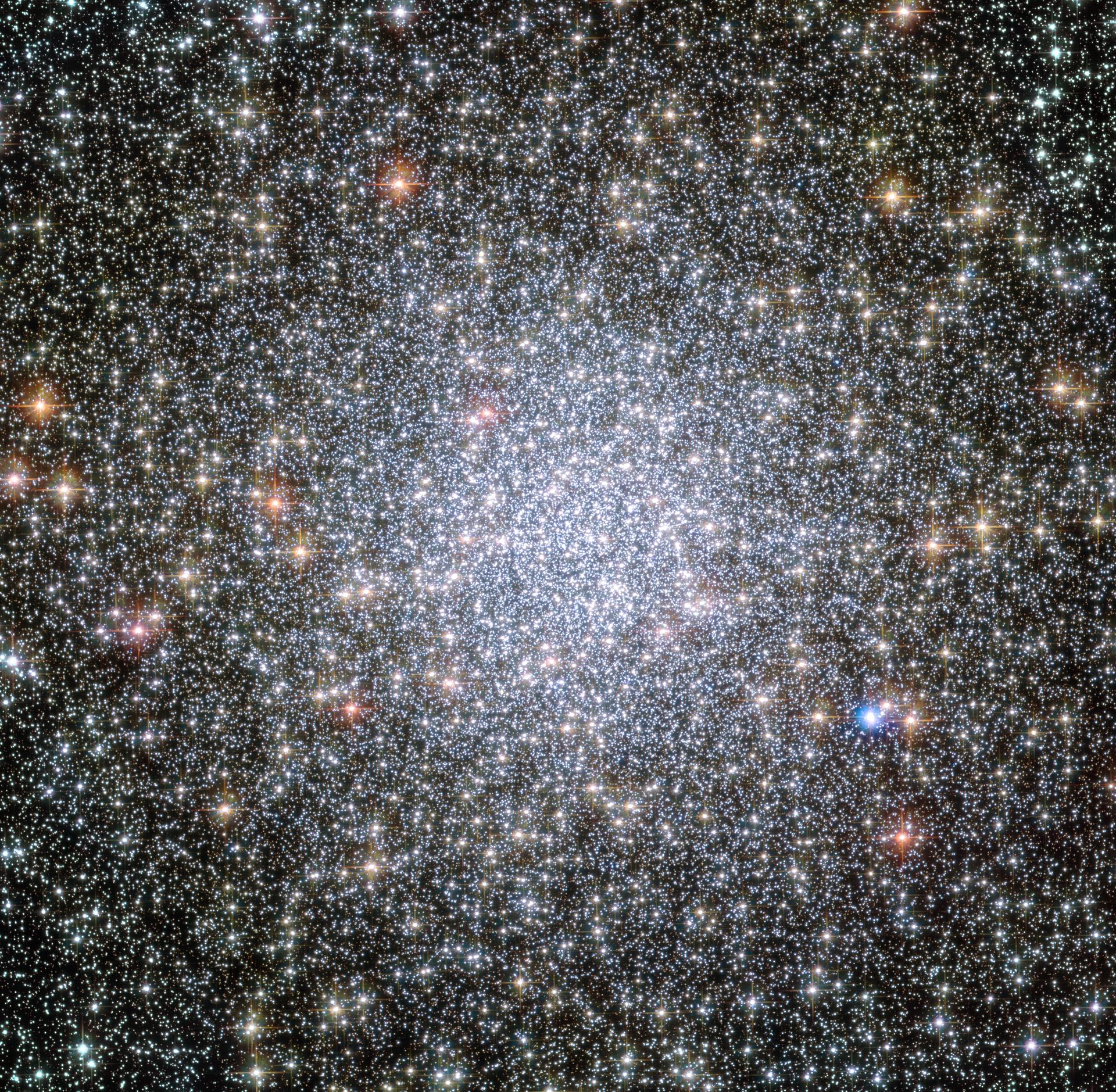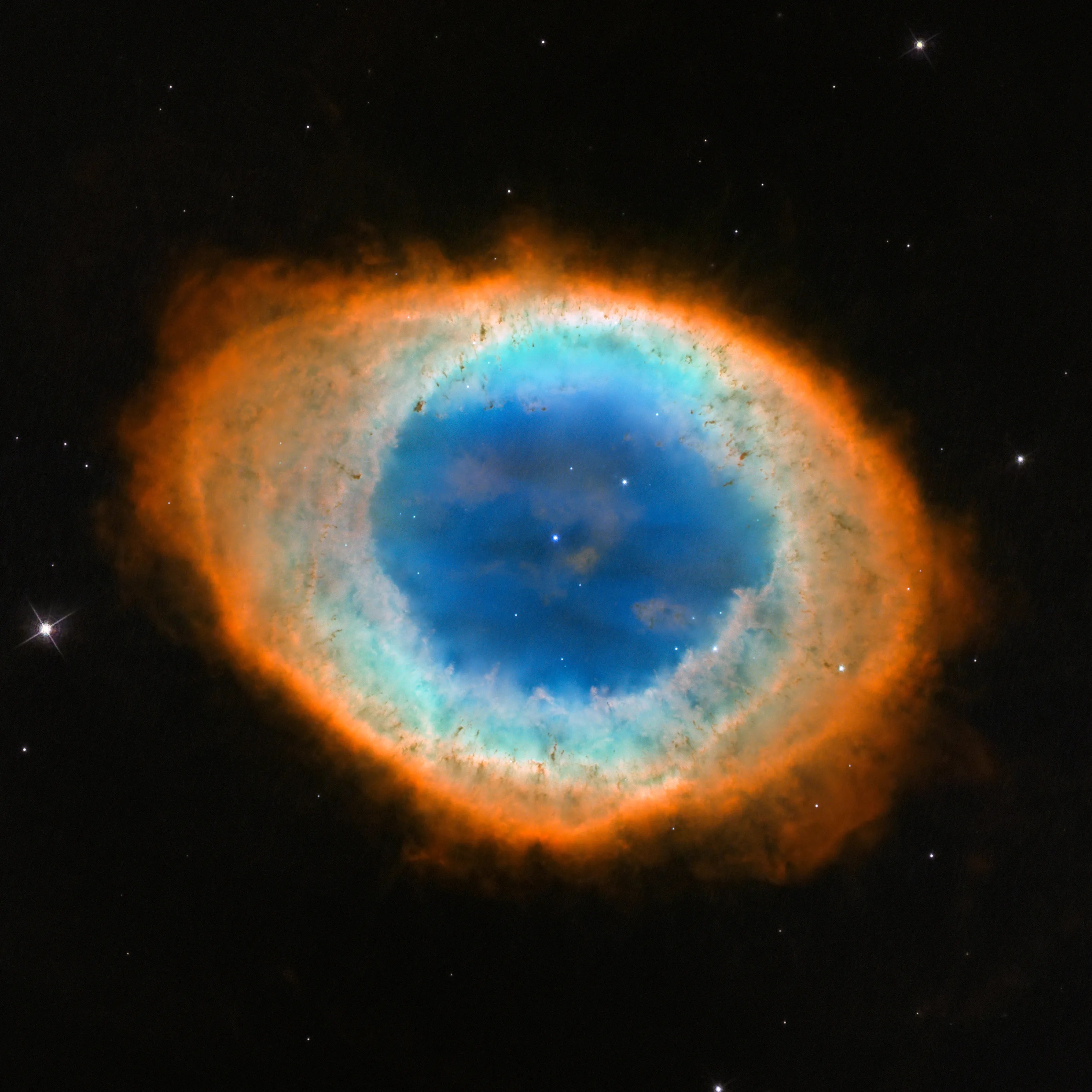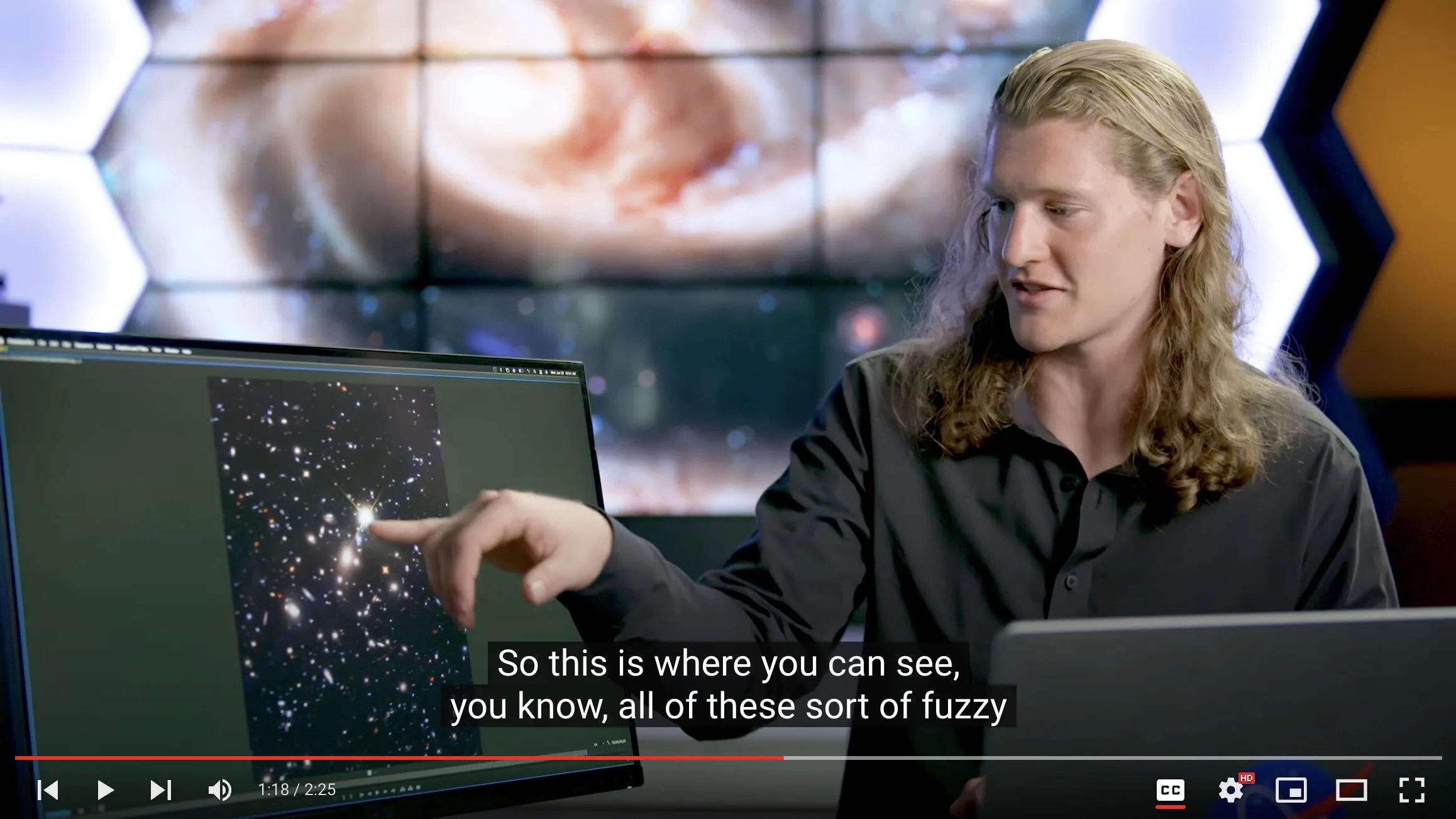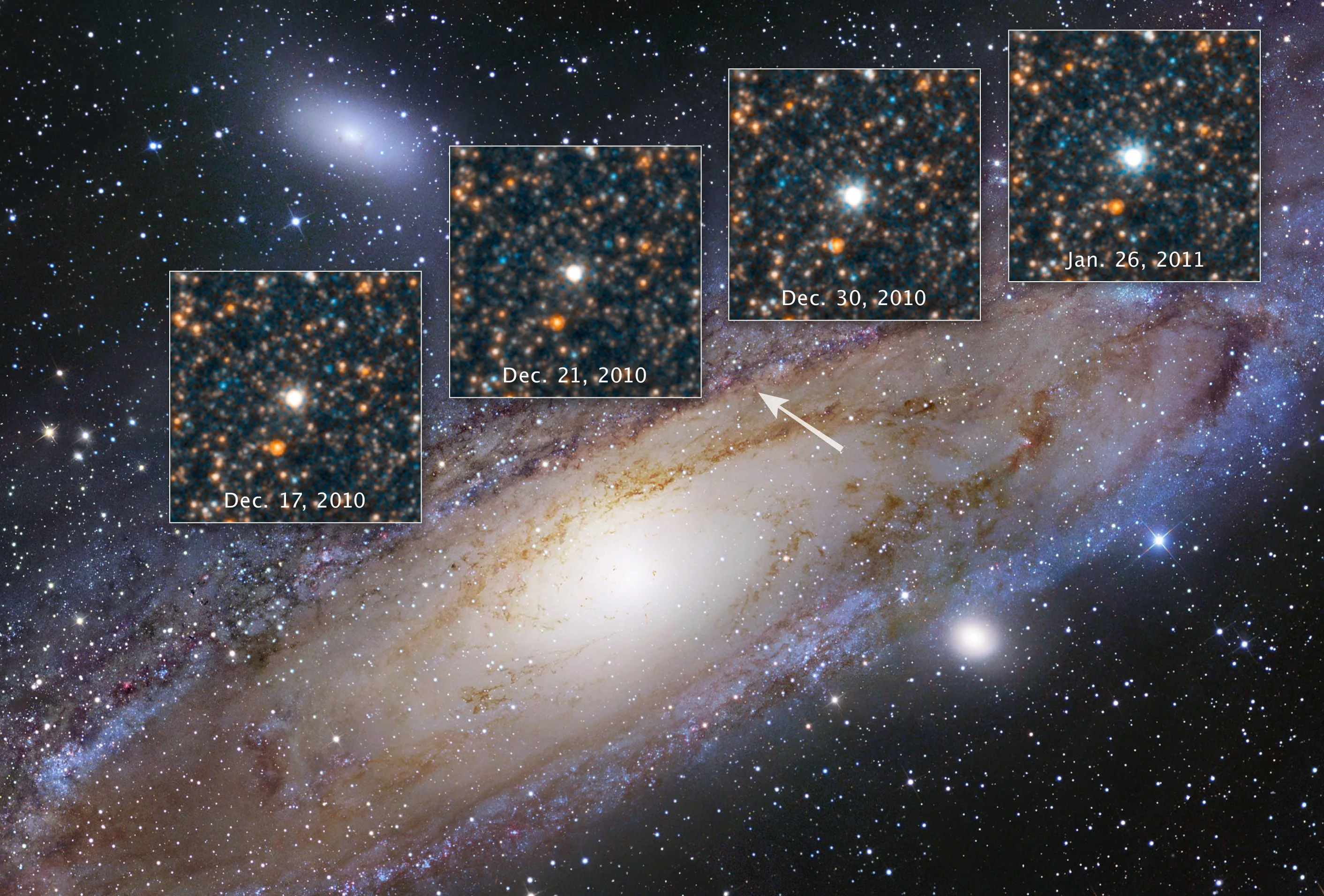The Hubble Skymap puts the night sky at your fingertips any time of day. Roam the Milky Way to find a selection of galaxies, stars, nebulae and more, and click for a Hubble's-eye-view of each object.
To explore the skymap, scroll, double click, or pinch/swipe to zoom in and out. Roll over an icon to see the object, click to zero in, and click again for a detailed view and a description. Drag the map to navigate.
A text version is available for screen readers. For the best experience on mobile, please rotate your phone to landscape mode.
Full Skymap
Hubble's Messier Catalog
The objects in Charles Messier’s catalog are nice targets for backyard astronomers with a pair of binoculars or a small telescope and a relatively dark sky.
The Messier catalog, begun by astronomer Charles Messier in the 18th Century and revised over the years, includes some of the most fascinating astronomical objects that can be observed from Earth’s Northern Hemisphere. An interactive Skymap of just these Messier Catalog objects is also available.
Explore the Messier Catalog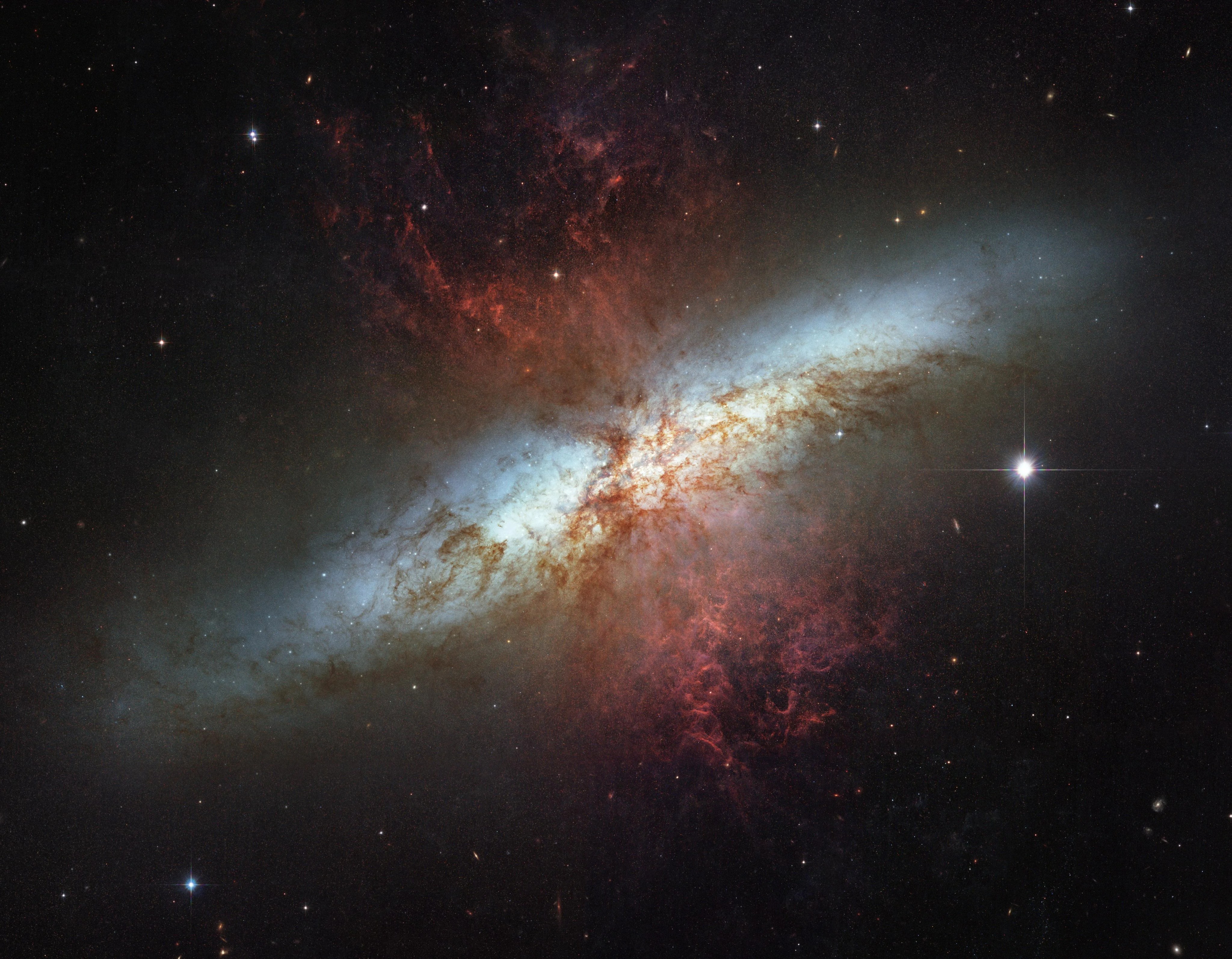
Hubble's Caldwell Catalog
The Caldwell Catalog goes beyond the work of Charles Messier, offering backyard astronomers more cosmic wonders to explore.
In the 1980s, an Englishman named Sir Patrick Moore produced an additional list to highlight more cosmic wonders visible to amateur astronomers. Unlike the Messier catalog, which only features objects that were visible from Charles Messier’s viewing location in Europe, Moore’s Caldwell catalog includes celestial bodies that are found in both the northern and southern skies. An interactive Skymap of just these Caldwell Catalog objects is also available.
Explore the Caldwell Catalog